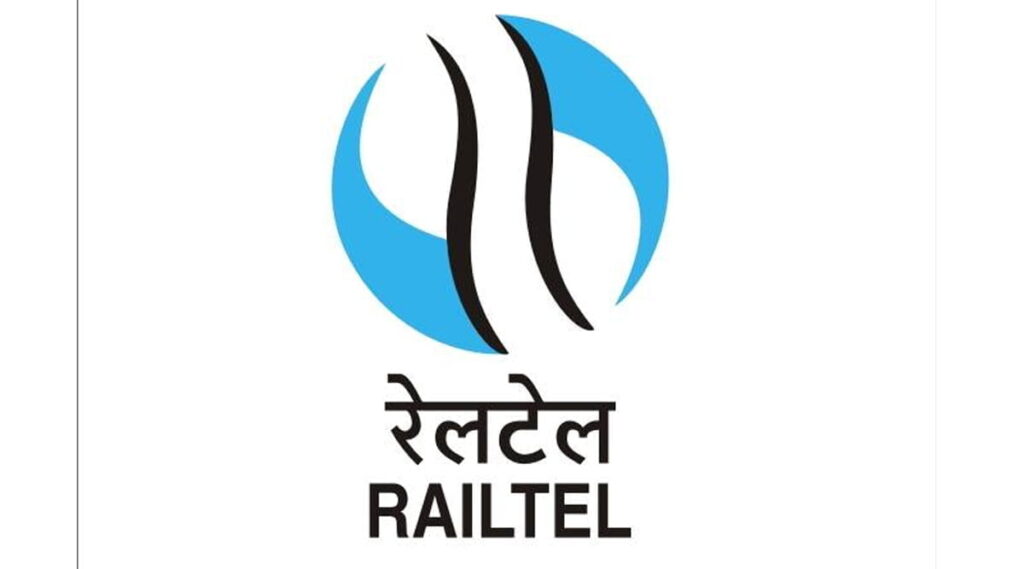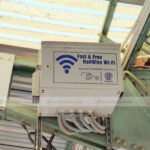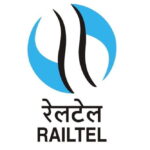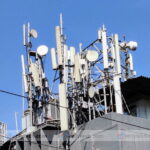RailTel has finalized the agencies for executing the implementation of the video surveillance system (VSS) project (CCTV cameras network) under Nirbhaya Fund at railway stations. The first phase of the project will involve major stations of categories A1, A, B, and C numbering 756 stations and expected to be completed by January 2023.
The remaining stations will be covered in phase 2 of the implementation. The safety and security of passengers are one of the key focus areas of the Ministry of Railways. Indian Railways is in the process of installing IP based video surveillance system (VSS) at stations, that is waiting halls, reservation counters, main entrance/exit, parking areas, foot over bridges, platforms, booking offices etc.
The system will help respond to situations effectively aiding faster decision-making and act as great learning for better preparedness to meet any incident with software-based applications like Video Analytic and Face Recognition. The AI-enabled analytics software will have intrusion detection, camera tampering, loitering detection, human & vehicle detection, a search of humans based on an attribute, colour search, fallen person, and a combination search as features with certain alarm and PoP UP view at the operator end.
The VSS system will capture face images from live CCTV video feed and generate alerts if a blacklist match is found. The FRS alerts will be pushed to the video management system.
The VSS system will be IP based and will have a network of CCTV cameras. The CCTV cameras are being networked on optical fiber cable and the video feed of the CCTV cameras will be displayed not only at local RPF posts but also at a centralized CCTV control room at divisional and zonal levels.
The CCTV cameras of stations and video feeds will be monitored at these 3 levels to ensure enhanced safety and security at Railway premises. The system comes with AI-enabled video analytics software and facial recognition software (FRS) which will help to detect known criminals triggering an alert when they enter station premises.
The network management system (NMS) will be provided for monitoring cameras, servers, UPS, and switches which can be viewed by any web browser by authorized personnel. 4 types of IP cameras namely dome type, bullet type, pan tilt zoom type and ultra HD 4K will be installed to ensure maximum coverage of the railway premises. This will allow RPF officials to ensure enhanced security. The recording will be stored for 30 days.
The VMS software will support alarm input monitoring and output activation for the proposed IP cameras. The VMS has the feature of mobile phone clients allowing authorized users to upload videos and snapshots to the local VMS server from the registered mobile phones which should include identification of location.
The operators at centralized locations will have the ability to view these alarms and playback video if required from stations. The operators will be able to push the alarms to the selected RPF and the registered mobile phone of the concerned security officer.
Each platform will have two numbers of the panic button which can be activated by any person in distress. The activation of the panic button will send an alarm on the VMS with the pop-up of the associated camera on the operator workstation. If the associated camera is a PTZ type, the camera will move and zoom on to the panic button to see the person in distress.
The video recordings of the CCTV cameras will be stored in the nearest RPF post for 30 days for playback, post-event analysis, and investigation purposes. The important videos will be stored for a longer duration at data centres using 240TB storage and RFP post by using additional 10 per cent storage.
Industry-standard Enterprise Management System (EMS) has been provisioned for the monitoring of VSS equipment (cameras, switches, server/workstation, storage, PC workstations, UPS etc) for effective operations and management of IT operations.
The critical aspects of EMS include centralized and integrated dashboard view, centralized and customizable service level reporting, server/workstation change, provisioning & configuration, network automation, service management (helpdesk) & SLA management, centralized IT asset inventory discovery & tracking, server/workstation monitoring, network fault & performance management, and penalty monitoring & management.






